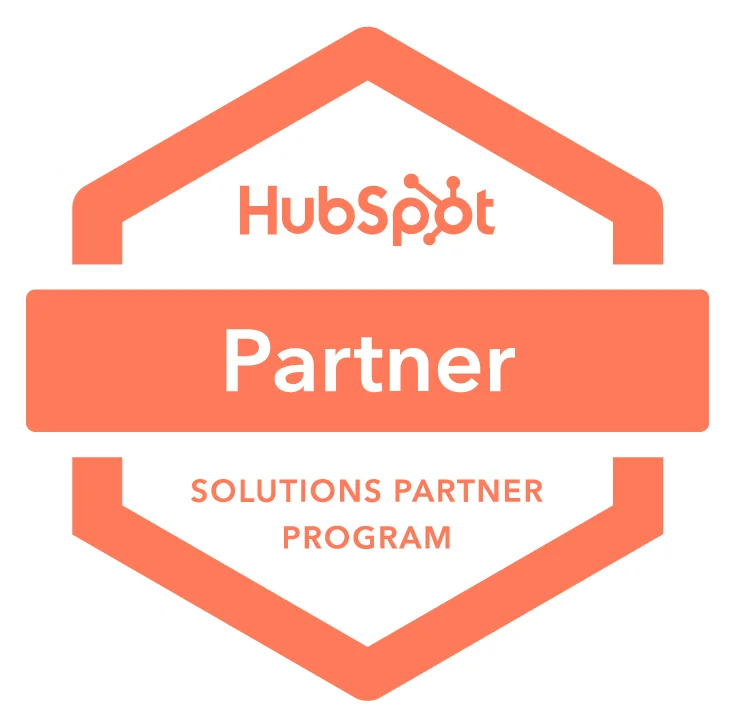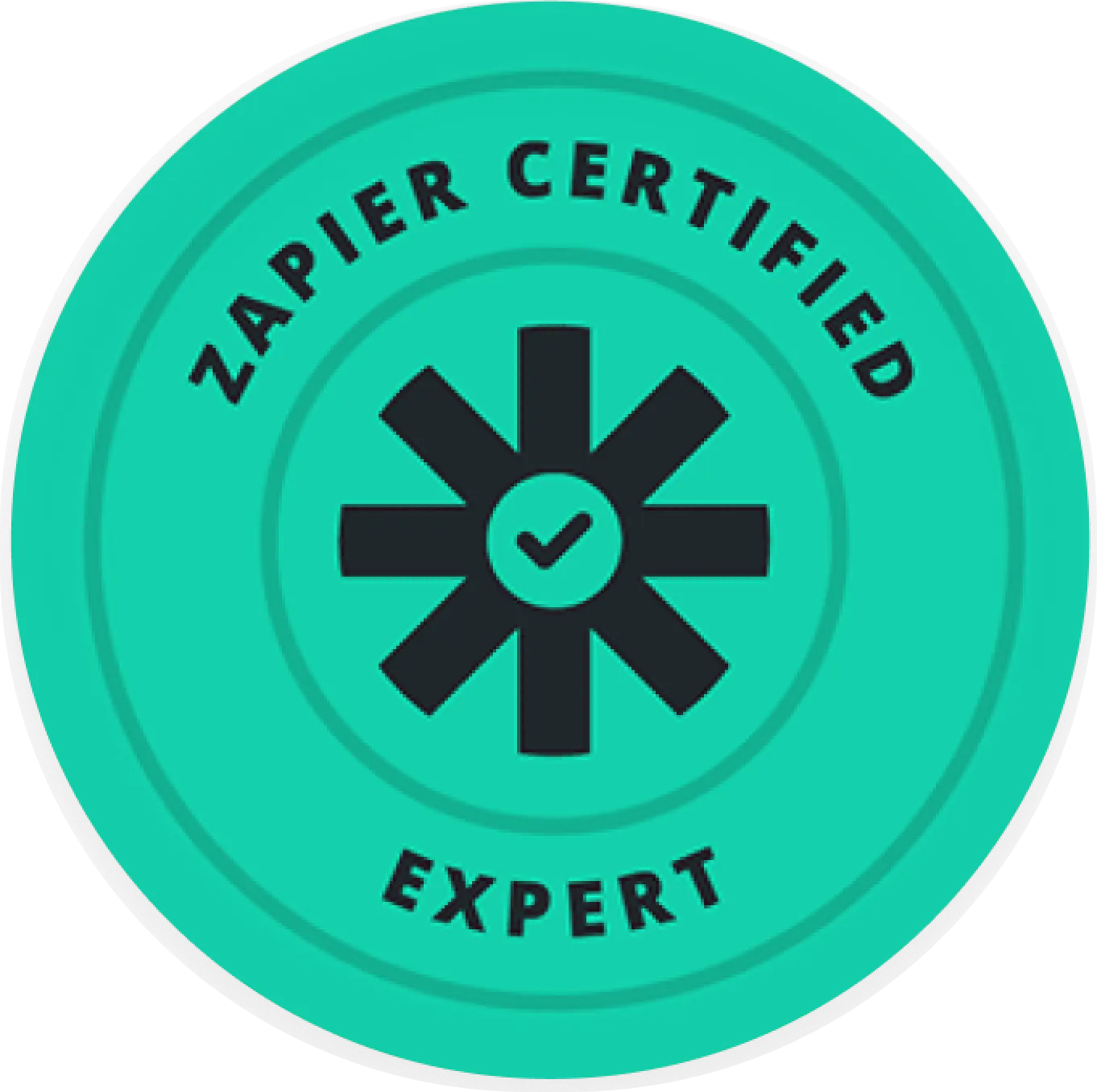Connect your systems & tools.
Connect your tools, automate data flow, and improve efficiency with seamless software integration.
New data entered in one tool (e.g., CRM or e-commerce platform)

Sync customer data to another tool (e.g., email marketing or billing system)
Update data in both tools when a change occurs


Are you..
Struggling with disconnected systems and manual data entry?
Wasting time transferring data between applications?
Looking to create a seamless, integrated workflow across your tools?
Searching for a way to ensure real-time data updates across systems?
Finding it difficult to scale operations with your current tools?
If the answer is “Yes” to any of the above, you are in the right place.
What is Software Connection?
Software connection integrates different applications and systems, enabling seamless data flow and communication between tools to enhance efficiency and productivity.
Here’s what it typically includes:
- Automates data sync between systems
- Connects multiple applications for seamless workflows
- Eliminates manual data entry and reduces errors
- Provides real-time updates and insights

New client or invoice created in CRM.

Sync client data to accounting software.
How can Software Connection help you?

Save time and reduce errors
Thanks to a standardized and automated onboarding process, training is successful every time.

Increase efficiency
Thanks to a standardized and automated onboarding process, training is successful every time.

Improve accuracy
Thanks to a standardized and automated onboarding process, training is successful every time.

Enhance collaboration
Thanks to a standardized and automated onboarding process, training is successful every time.

Boost scalability
Thanks to a standardized and automated onboarding process, training is successful every time.

Simplify data management
Thanks to a standardized and automated onboarding process, training is successful every time.
Makeitfuture expertise
Backed by industry-recognized certifications and performance metrics



.avif)



Clients
Automations
Years of experience
Software connection use-cases to unify tools
Integrate platforms, sync data, and create seamless workflows with these practical examples.
FAQs about Software Connection
Software integration can connect CRMs, project management tools, email platforms, marketing tools, accounting software, and more to automate workflows and streamline operations.
By connecting your applications, software integration eliminates repetitive tasks and ensures data flows seamlessly, saving time and improving overall productivity.
Yes, software integration can be tailored to fit the needs of small businesses, improving operational efficiency without requiring large technical resources.
Yes, software connections are highly customizable, allowing you to connect the tools and applications that best fit your business processes.














.png)
.png)
